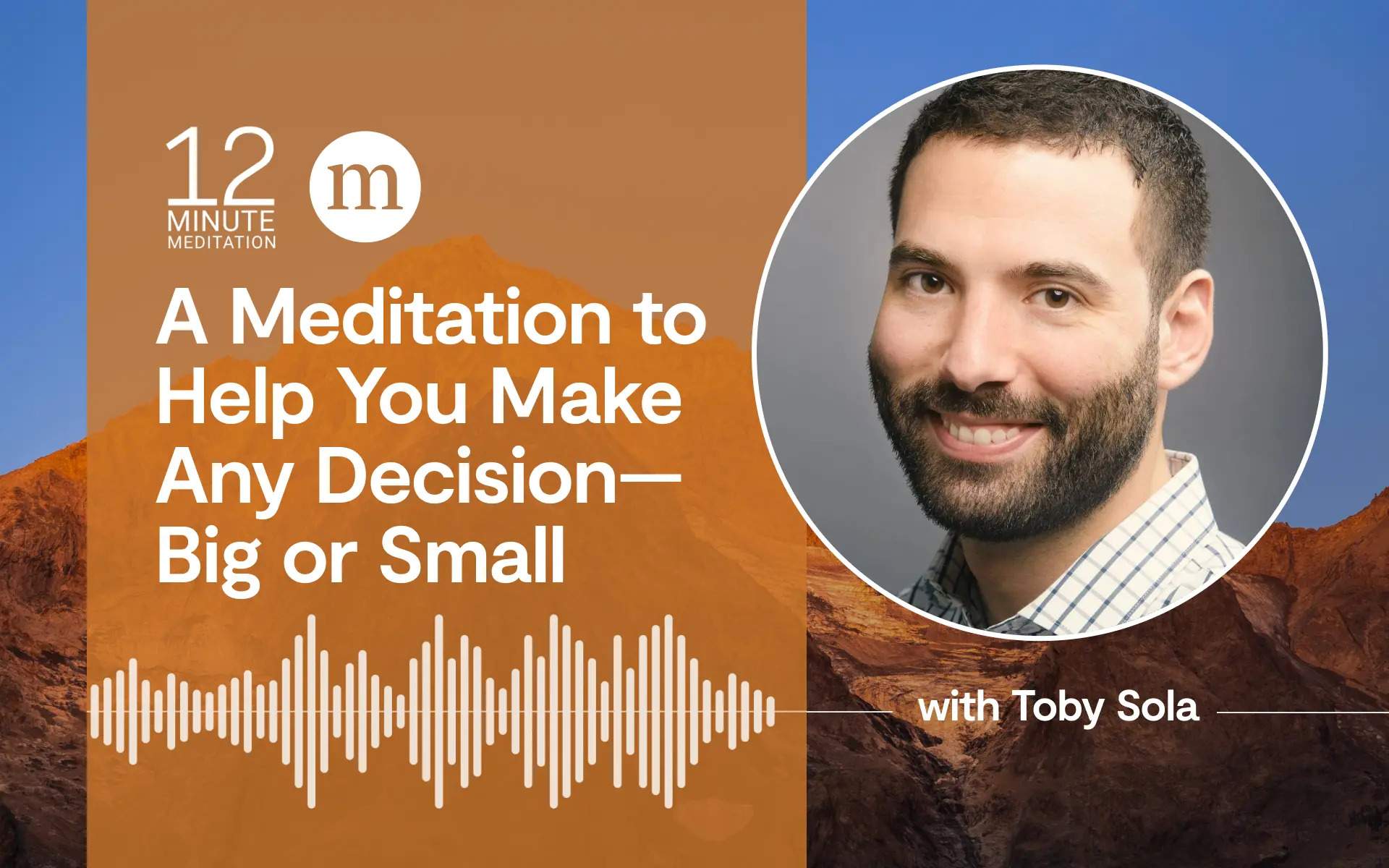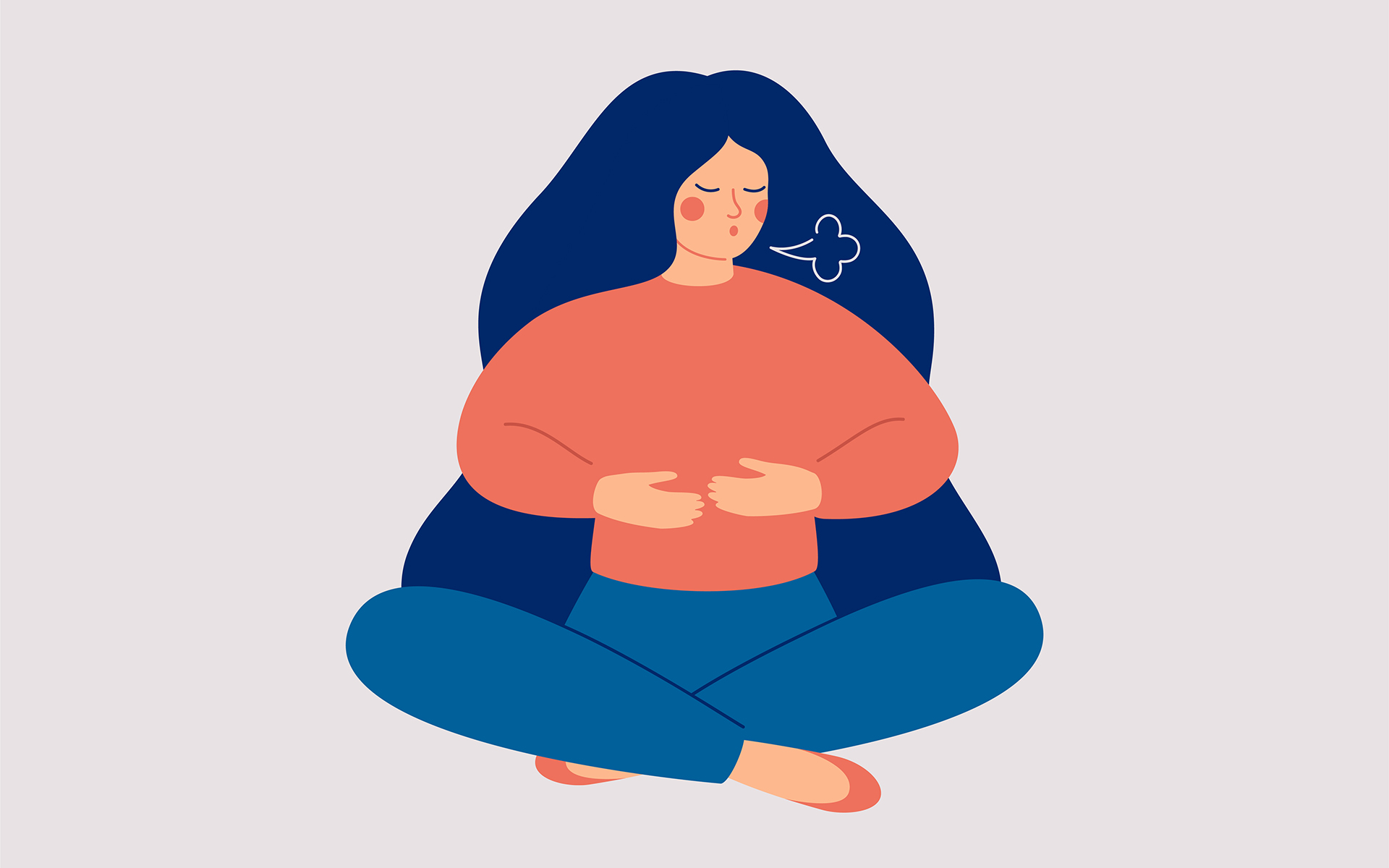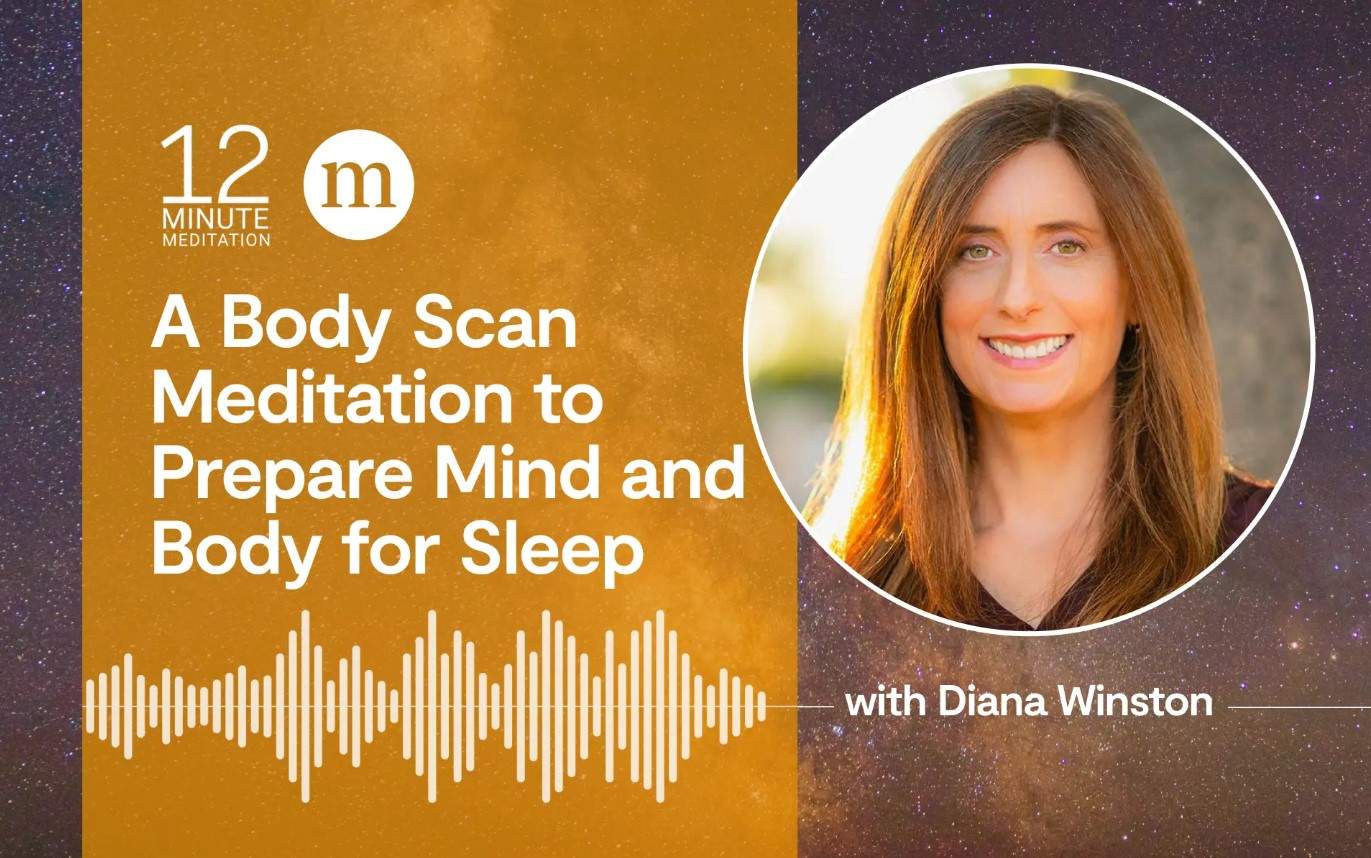You might not think of mindfulness as being a resource to help with decision-making, but moments of intentional silence can sharpen our mental clarity and help us discern which choices feel most aligned.
In this guided practice, meditation teacher Toby Sola offers a simple technique you can use, whether you’re facing a life-changing choice or are just feeling overwhelmed by all the smaller decisions that often crowd our busy lives.
A Meditation to Help You Make Any Decision—Big or Small
Read and practice the guided meditation script below, pausing after each paragraph. Or listen to the audio practice.
Note: This practice includes long pauses of complete silence to give you time to spend in contemplation. If you want more time, feel free to pause the recording as you go.
- To start, lengthen your spine and relax your shoulders and arms. Sitting is great because you’re both alert and relaxed.
- Take a moment to think of a decision that’s been on your mind. It can be a big one, like if you should have kids, or it can be a small one, like if you should buy peanut butter.
- Once you have your decision, come up with two statements: an “I will” statement and an “I will not” statement. For example, I will have kids and I will not have kids. Or, I will buy peanut butter and I will not buy peanut butter. You may have to simplify your decision in order to create I will and I will not statements.
- Say your I will statement a few times to yourself in your head. Don’t say it out loud, say it to yourself, in your mind. Now continue to use mental talk to list the reasons behind your I will statement. Your inner monologue may sound like this. Peanut butter is tasty. It goes well with the apples that I have. I think it’s on sale right now. Start listing the reasons for your I will statement now.
- Now let that go and say your I will not statement a few times. Begin listing the reasons why your I will not statement is a good idea. For example, The rest of my family doesn’t like peanut butter. It’s expensive.
- Now let that go. Next, we’ll use our imagination to explore the decision. We’ll start with the I will side of things. Imagine what your future might look like if you go with the I will statement. Use your imagination to create mental pictures of this possible future. For example, if you’re considering whether to have kids, you might imagine waking up to kids jumping on your bed.
- Now let’s move on to the I will not statement. Use your imagination to create mental pictures of what your life might be like if you go with the I Will Not statement. Imagine how your life might unfold.
- Next, we’ll explore our emotional body. Bring your attention down into your body. Once again, consider the I will statement and notice if you feel any emotions. Maybe you feel excitement, joy, anxiety or nervousness. Maybe you don’t notice anything. It’s all good. Just notice any emotions that come up when you consider the I will statement.
- Now switch to the I will not statement. In the way that you did with the I will statement, notice any body emotions that come up with the I will not option.
- At this point, you may know what to do, you might not know what to do, you may realize that you need more information, or you may be realizing that you should be making another decision. Regardless of where you’re at, let’s take some time to feel good. To the best of your ability, cultivate pride and joy in your body. Intentionally smiling can help. Making decisions can be hard work, and even if we still don’t know what to do, at least we’re putting in the effort. We should feel proud of that—so smile; feel good.






